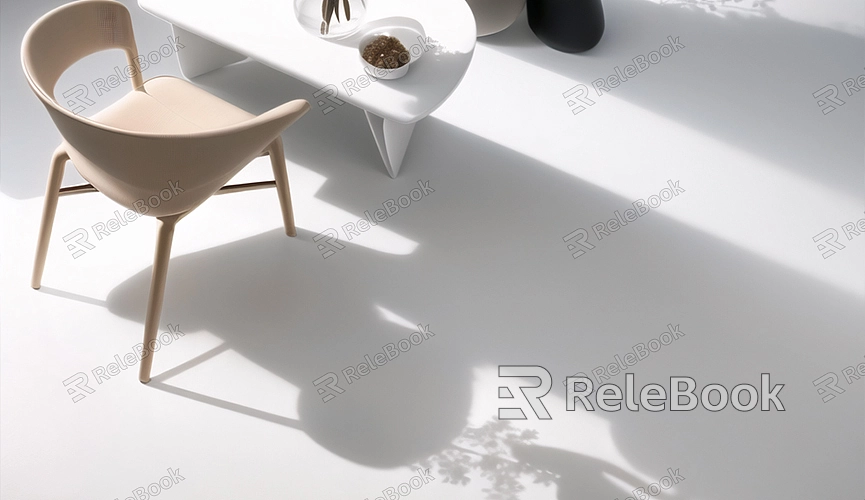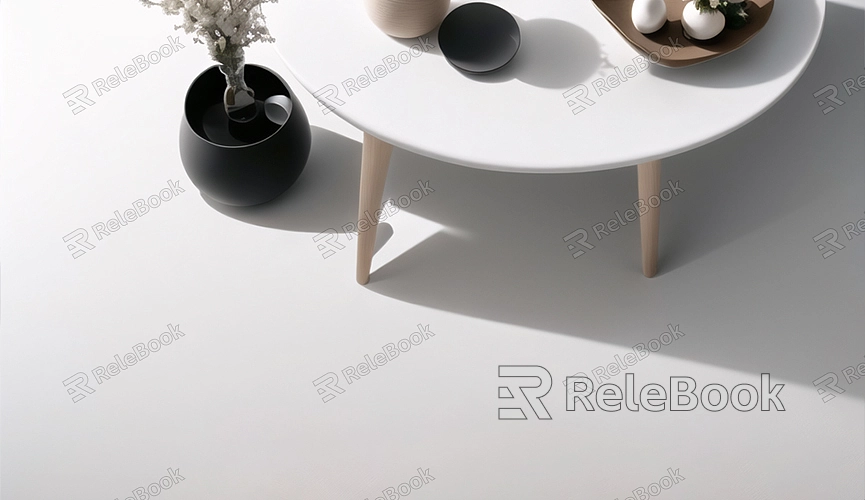How to Import 3D Models to Unity
Importing 3D models into Unity is a crucial step in game development and virtual reality projects. By importing 3D models into Unity, you can create complex scenes and interactive experiences. This article will detail how to import 3D models into Unity and share practical tips to help you accomplish this task smoothly.
Preparing 3D Models
Before importing, ensure your 3D model is in a format supported by Unity. Common formats include FBX, OBJ, DAE, among others. If your model isn't in these formats, you can convert it using 3D modeling software like Blender or Maya.

Importing 3D Models into Unity
Importing a 3D model into Unity is straightforward, requiring just a few steps:
1. Open your Unity project. In the Project window, locate the Assets folder.
2. Drag and drop your 3D model file (e.g., FBX file) into the Assets folder. Unity will automatically import and parse the file.
3. Once imported, you can find your 3D model file in the Assets folder. Double-click on the file to view detailed information in the Inspector window.
Configuring 3D Models
After importing the model, you'll need to configure it to ensure it displays and functions correctly in Unity. Here are some common configuration steps:
- Scaling and Rotation: Adjust the model's scale and rotation in the Inspector window to ensure it displays correctly in your scene.
- Materials and Textures: Check if the model's materials and textures imported correctly. If necessary, manually reassign materials and textures.
- Animation Settings: If your model includes animations, ensure to check the "Import Animation" option in the model's Import Settings.

Adding 3D Models to the Scene
Once configured, you can add the 3D model to your scene:
1. Open your scene file (usually with a .unity extension).
2. Right-click in the Hierarchy window and choose "Create Empty" to create an empty GameObject. Name it "ModelRoot" or another meaningful name.
3. Drag and drop your 3D model from the Assets folder into the Hierarchy window under the "ModelRoot" object. This adds the model to the scene.
Adjusting and Optimizing
After adding the model to the scene, you can make adjustments and optimizations to enhance its performance and visual quality:
- Lighting and Shadows: Add appropriate lighting to the scene and adjust shadow settings to improve the model's visual appeal.
- Colliders and Physics: If the model requires physical interactions, add collider and rigidbody components.
- Performance Optimization: Depending on requirements, optimize the model's polygon count and materials to ensure optimal game performance.
Troubleshooting Common Issues
During the import process, you may encounter some issues. Here are common problems and their solutions:
- Incorrect Model Display: Check the model's scale, rotation, and position settings to ensure it displays correctly in the scene.
- Missing Materials and Textures: Verify that material and texture files are correctly imported and manually reassign them in the Inspector window if needed.
- Animation Issues: Ensure animation settings are correctly configured in the Import Settings and check animation controllers and state machines.
By following this guide, you should now understand the basic steps and tips to import 3D models into Unity. From preparing 3D models, importing into Unity, configuring and optimizing, to troubleshooting common issues, these steps will help you smoothly complete the model import task. If you need high-quality 3D textures and HDRIs or 3D model downloads for your modeling and virtual scene projects, you can download them from Relebook and directly import textures and 3D models into your projects.

